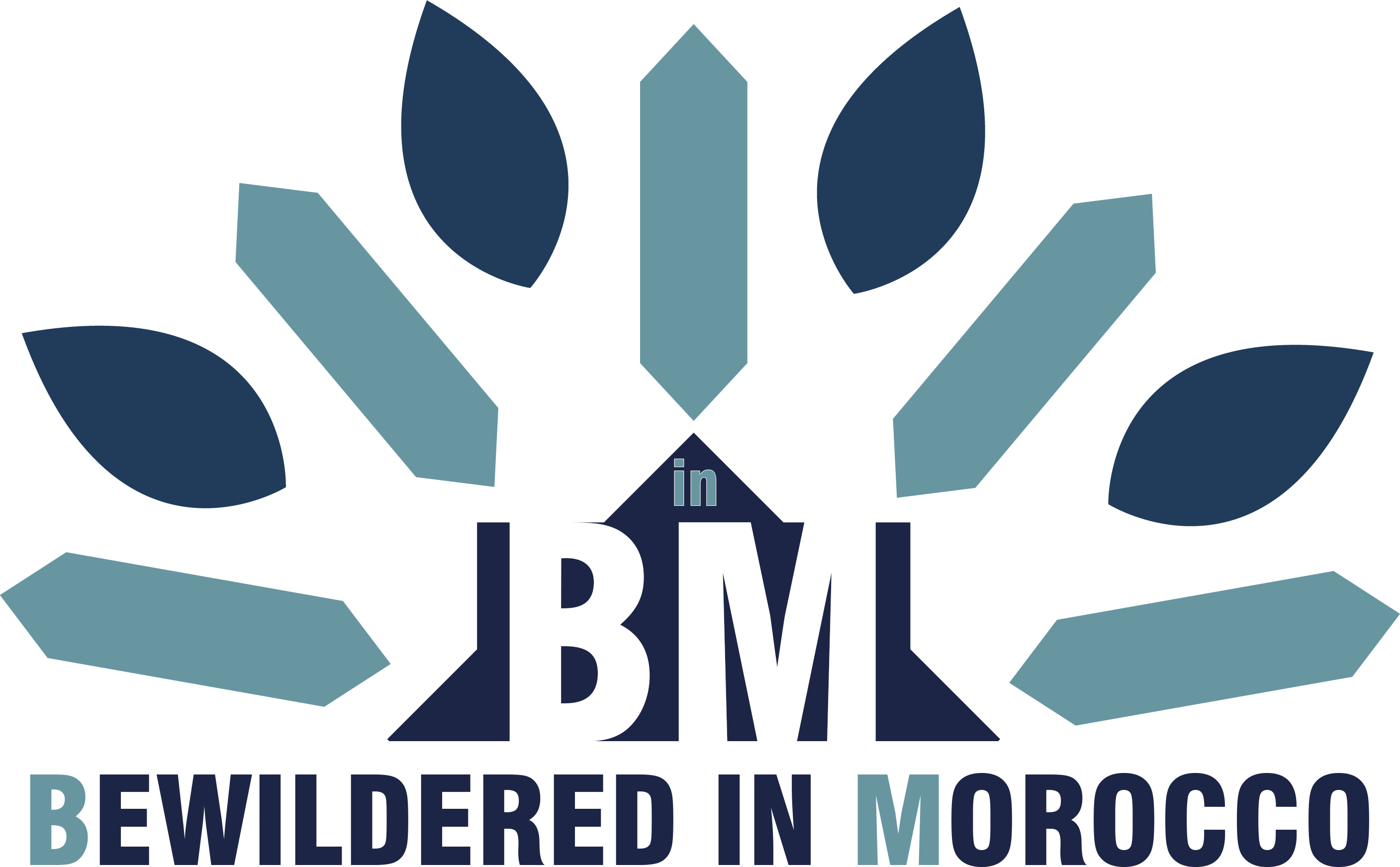Nestled in the heart of Morocco, surrounded by eucalyptus forests, lies a unique village that seems transported straight from Southeast Asia. Known as "Vietnam Village" or "Douar Chinois," this settlement tells an extraordinary tale of cross-cultural connection that began during one of history's most turbulent periods.
The Origins of Vietnam Village:
In 1950, during the French colonial period, thousands of Moroccan soldiers were sent to fight in French Indochina. What started as a military deployment would evolve into a remarkable story of cultural fusion and unexpected love stories that would span continents.
The Vietnam War Connection:
The story centers around the pivotal Battle of Dien Bien Phu in 1954. French colonial forces, including Moroccan soldiers, faced off against the Viet Minh independence movement. What makes this story particularly interesting is how many Moroccan soldiers found themselves caught between two worlds - serving in the French army while identifying with Vietnam's struggle for independence from colonial rule.
Love in Wartime:
After the war ended, many Moroccan soldiers made an unexpected choice - they stayed in Vietnam. They married local Vietnamese women, learned the language, and built families in their adopted homeland. For 22 years, these Moroccan-Vietnamese families created their own unique cultural identity, blending North African and Southeast Asian traditions.
The Royal Intervention:
In 1972, a turning point came when King Hassan II of Morocco issued a royal decree allowing these soldiers and their families to return home. On January 15, 1972, around 70 Moroccan veterans arrived at Kenitra airport with their Vietnamese wives and children - a moment that would mark the beginning of a unique community in Morocco.
Building a New Home:
The king offered these families two choices: jobs in their original cities or land in western Morocco. Many chose the latter, settling in what would become known as Vietnam Village near Sidi Yahya Al Gharb. They built distinctive homes with tile roofs reminiscent of Vietnamese architecture, creating a little piece of Southeast Asia in North Africa.
Cultural Legacy:
Today, the village stands as a living testament to this extraordinary history. The descendants of these families represent a unique blend of cultures - many speak both Arabic and Vietnamese, celebrate both Muslim and Vietnamese traditions, and carry facial features that reflect their mixed heritage.
The Vietnamese Connection Today:
Perhaps one of the most tangible remnants of this connection is "Bab Al Maghribi" (The Moroccan Gate) in Vietnam. Located in Bavi Ha Tay village near Hanoi, this architectural marvel stands as a symbol of the lasting connection between these two distant lands. Originally called the Gate of Europe, Africa, and Asia, it was renamed to honor the Moroccan presence in Vietnam.
A Living Legacy:
The village continues to preserve its unique heritage. Children with Vietnamese features speak perfect Moroccan Arabic, while traditional Vietnamese cooking methods blend with Moroccan cuisine. It's a remarkable example of how war, rather than just dividing people, sometimes creates unexpected bridges between cultures.
The story of Morocco's Vietnamese village is more than just a historical curiosity - it's a powerful reminder of how human connections can transcend national boundaries and cultural differences. In today's world of increasing global divisions, this small community stands as a testament to the possibility of cultural harmony and integration.
Visitor Tips: If you're planning to visit this unique village:
- The village is located near Sidi Yahya Al Gharb
- Respect local customs and privacy
- Try to arrange visits through local guides
- Be prepared to experience a unique blend of Moroccan and Vietnamese hospitality
This extraordinary community continues to fascinate visitors and serves as a living bridge between Morocco and Vietnam, proving that sometimes the most unexpected circumstances can create the most beautiful cultural tapestries.
